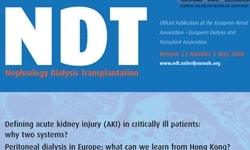
“Previously, we presented electrophysiological evidence for presence in mice brain slices of functional cannabinoid type I receptors (CB1Rs) within the laterodorsal tegmentum (LDT), a brain stem nucleus critical in control of arousal and rapid eye movement (REM) sleep. Further, using pharmacological agents, we provided data suggestive of the endogenous presence of cannabinoids (CBs) acting at LDT CB1Rs. However, in those studies, we were unable to identify the type(s) of CB ligands endogenously present in the LDT, and this information has not been provided elsewhere. Accordingly, we used the highly-sensitive liquid chromatography/mass spectrometry (LC-MS) method to determine whether N-arachidonoylethanolamide (Anandamide or AEA) and 2-arachidonyl glycerol (2-AG), which are both endogenous CB ligands acting at CB1Rs, are present in the LDT. Mice brain tissue samples of the LDT were assayed using ion trap LC-MS in selected ion monitoring mode. Chromatographic analysis and product-ion MS scans identified presence of the CBs, AEA and 2-AG, from LDT mouse tissue. Data using the LC-MS method show that AEA and 2-AG are endogenously present within the LDT and when coupled with our electrophysiological findings, lead to the suggestion that AEA and 2-AG act at electropharmacologically-demonstrated CB1Rs in this nucleus. Accordingly, AEA and 2-AG likely play a role in processes governed by the LDT, including control of states of cortical gamma band activity seen in alert, aroused states, as well as cortical and motor activity characteristic of REM sleep.”








